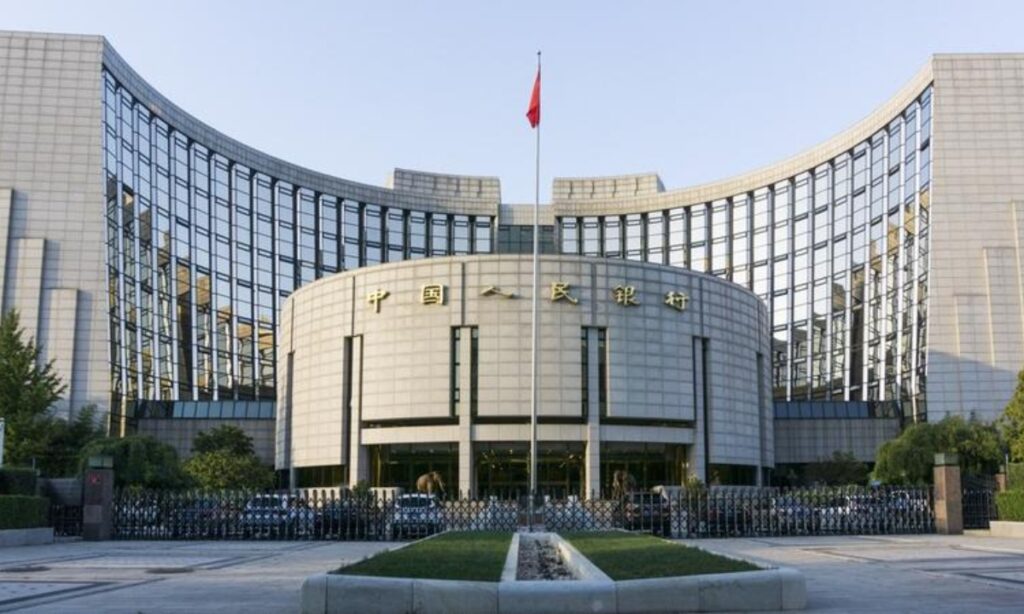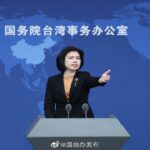Chinese monetary authorities are striving to strengthen counter-cyclical adjustment by cutting policy rates, in a bid to prop up market sentiment about the domestic economic recovery in the post-COVID period.
The People’s Bank of China (PBC), the country’s central bank, lowered the interest rate on its one-year medium-term lending facility (MLF) loans to financial institutions from 2.75 percent to 2.65 percent on Thursday, injecting 237 billion yuan ($33.1 billion) into markets through the liquidity instrument.
On Tuesday, the PBC cut the seven-day reverse repo rate for the first time since last August from 2 percent to 1.9 percent, when injecting funds into the financial system. On the same day, the PBC cut rates on its short-term standing lending facility by 10 basis points.
As rates are usually adjusted in tandem, experts said the benchmark lending loan prime rate (LPR), which is set to be announced next Tuesday, will be accordingly trimmed.
Dong Ximiao, chief researcher at Merchants Union Consumer Finance Co, said that the LPR rates will be cut by 5-10 basis points, ending nine months without a change.
Wang Qing, chief macroeconomic analyst at Golden Credit Rating International, told the Global Times that this month’s one-year LPR and the five-year LPR are likely to be lowered asymmetrically – the one-year LPR may be lowered by 5 basis points and the five-year LPR lowered by 15 basis points.
“If the LPR rates are trimmed, it will again send signals that China is resolved to maintain economic growth and stability, which will further shore up market expectations and confidence,” Dong told the Global Times on Thursday.
Lower LPR rates will reduce the financing costs of the real economy and spur effective financing, as well as promote the healthy development of the property market, as interest rates on existing and new mortgages will drop, according to Dong.
Property investment declined further in May. The figure slumped by 7.2 percent in the first five months of this year, expanding from a 6.2 percent decline in the January-April period, data from the National Bureau of Statistics (NBS) showed on Thursday.
“The economy, which is still on the track of recovery, needs a shot in the arm, as reflected by the fresh economic indicators, and that’s the major reason for the policy rates cut,” Wang said.
China’s industrial output grew by 3.5 percent in May from a year earlier after a 5.6 percent rise in April, the NBS data showed on Thursday. Retail sales, a key gauge of consumption, increased by 12.7 percent year-on-year last month, slowing from the 18.4 percent gain in April.
Fixed-asset investment rose by 4 percent year-on-year in the January-May period, compared with a 4.7 percent gain for the first four months.
“With the implementation of the policy interest rate cut in June, relevant measures to boost the momentum of economic recovery may continue to be introduced in the near future, and growth momentum is set to become stronger in the third quarter,” Wang noted.
“In the second half of the year, both deposit and loan interest rates could still decline,” Dong said.
Experts expect China’s full-year GDP growth rate could hit around 6 percent, outpacing the target of around 5 percent set at the beginning of this year.
China has the confidence, ability and conditions to achieve its expected economic growth targets, PBC Governor Yi Gang said at a recent symposium during his inspection in Shanghai.
The PBC will continue to precisely and effectively implement a prudent monetary policy, while strengthening counter-cyclical adjustment, supporting the real economy, promoting employment and maintaining currency and financial stability, Yi said.
Overnight, the US Federal Reserve maintained its benchmark lending rate target of 5-5.25 percent after more than a year of rate increases.
“The Fed’s suspension of rate hikes has created space for us to adjust monetary policy, but our monetary policy will maintain strong independence, while taking into account internal and external balances,” Dong said.
(Global Times)




